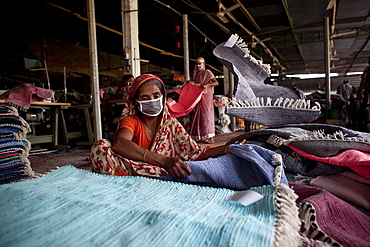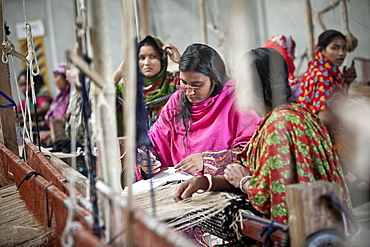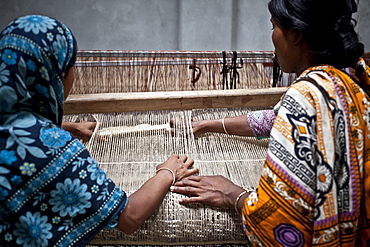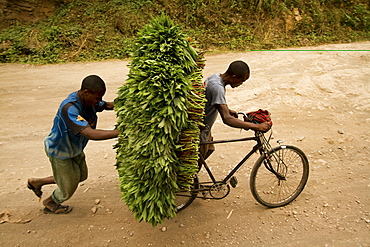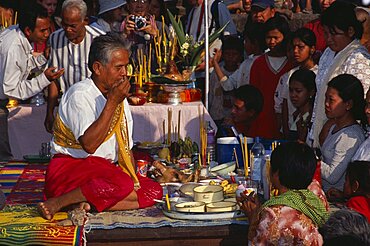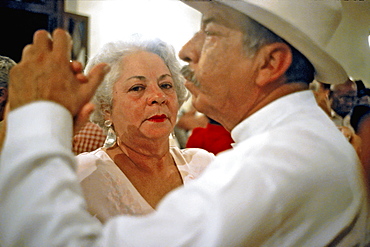Results
27 results found
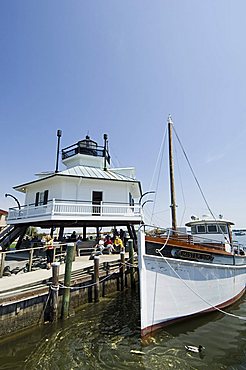
Typical historic lighthouse rescued and brought to the Chesapeake Bay Maritime Museum, St. Michaels, Talbot County, Miles River, Chesapeake Bay area, Maryland, United States of America, North America
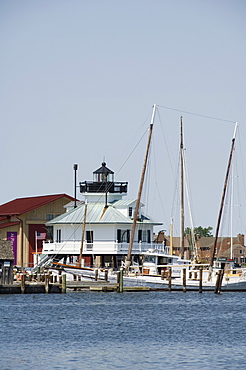
Typical historic lighthouse rescued and brought to the Chesapeake Bay Maritime Museum, St. Michaels, Talbot County, Miles River, Chesapeake Bay area, Maryland, United States of America, North America
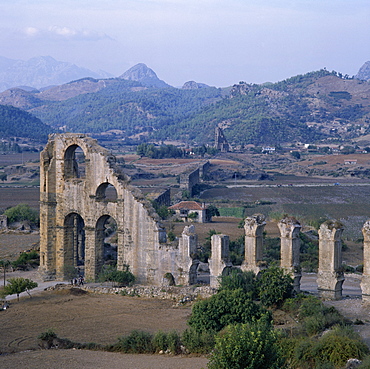
Ruins of Roman aqueduct which brought water from mountains to the city on a hill, illustrating Roman knowledge of water physics, archaeological site, Aspendos, Anatolia, Turkey, Asia Minor

Frescoes in cloister by High Renaissance painter Il Sodoma (Giovanni Antonio Bazzi) painted between 1505 and 1508, of the life of St. Benedict (San Benedetto) showing him driving off bad women brought in by Florent. Chiusure, Monte Oliveto Maggiore Abbey, Tuscany, Italy, Europe
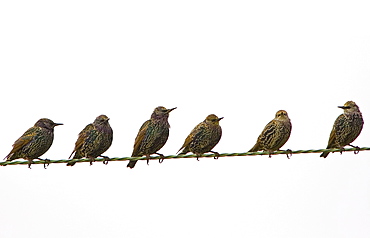
Migratory Starlings on telephone wires at Thames Estuary. Avian Flu (Bird Flu) could be brought to Britain from Europe by migrating birds.
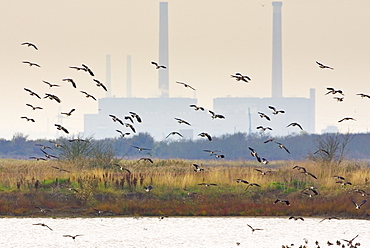
Migratory Lapwings at Thames Estuary. It is feared that Avian Flu (Bird Flu) could be brought to Britain from Europe by migrating birds.
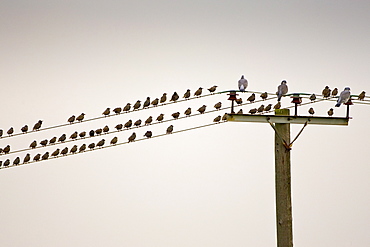
Migratory Starlings and wood pigeons at Thames Estuary. Avian Flu (Bird Flu) could be brought to Britain from Europe by migrating birds.
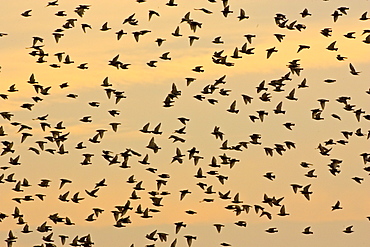
Migratory Starlings at Thames Estuary. It is feared that Avian Flu (Bird Flu) could be brought to Britain from Europe by migrating birds.
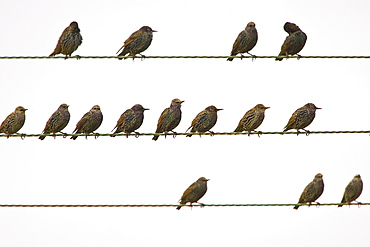
Migratory Starlings on telephone wires at Thames Estuary. Avian Flu (Bird Flu) could be brought to Britain from Europe by migrating birds.
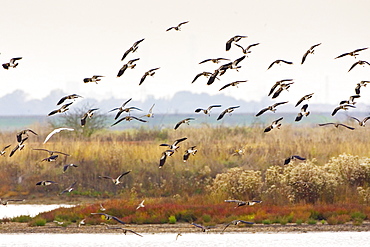
Migratory Lapwings and waders at the Thames Estuary. It is feared that Avian Flu (Bird Flu) could be brought to Britain from Europe by migrating birds.
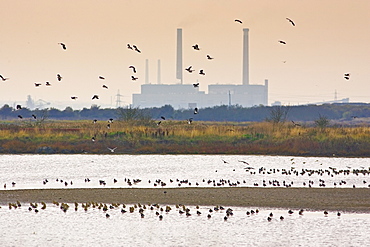
Migratory Lapwings and waders at Thames Estuary. It is feared that Avian Flu (Bird Flu) could be brought to Britain from Europe by migrating birds.

The first rubber tree planted in Thailand, now object of reverence for the prosperity the rubber brought to the province, Trang, Thailand, Southeast Asia, Asia
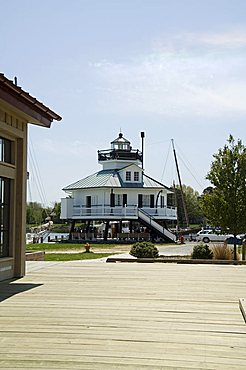
Typical historic lighthouse rescued and brought to the Chesapeake Bay Maritime Museum, St. Michaels, Talbot County, Miles River, Chesapeake Bay area, Maryland, United States of America, North America
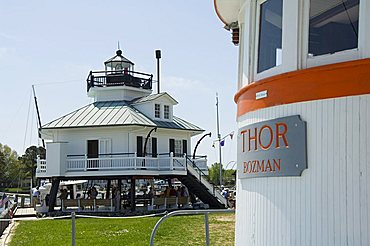
Typical historic lighthouse rescued and brought to the Chesapeake Bay Maritime Museum, St. Michaels, Talbot County, Miles River, Chesapeake Bay area, Maryland, United States of America, North America
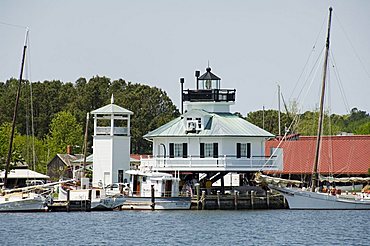
Typical historic lighthouse rescued and brought to the Chesapeake Bay Maritime Museum, St. Michaels, Talbot County, Miles River, Chesapeake Bay area, Maryland, United States of America, North America
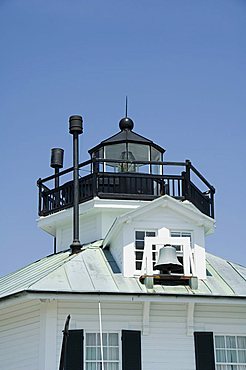
Typical historic lighthouse rescued and brought to the Chesapeake Bay Maritime Museum, St. Michaels, Talbot County, Miles River, Chesapeake Bay area, Maryland, United States of America, North America

H.h. 14th dalai lama. In early days most of individual tantric systems were kept separate from another, each regarded as a path to enlightment. here again passage of time brought about fusion cross-fertilization, a tradition of uniting various tantras emerged, at least on a simple level a daily meditation. India

Mani mask dancers at mani festival marks setting in of spring season in humla. masked dances diversion a long-established part of bonpo religious ceremonies.Dance Is means by which supernatural forces be brought down to world of. Dance recalls a time when distance between spirits samll. Humla, north-west nepal
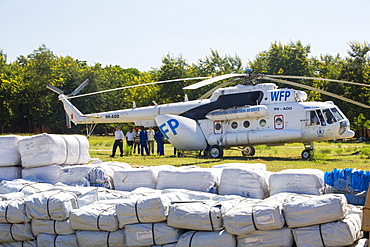
In mid January 2015, a three day period of excessive rain brought unprecedented floods to the small poor African country of Malawi. It displaced nearly quarter of a million people, devastated 64,000 hectares of land, and killed several hundred people. This shot shows A Russian Mi8 helicopter being used by the United Nations, World Food Program to deliver food aid to areas still cut off by the flooding around Makhanga and Bangula.
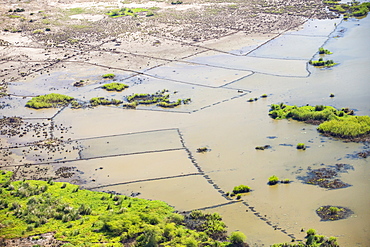
In mid January 2015, a three day period of excessive rain brought unprecedented floods to the small poor African country of Malawi. It displaced nearly quarter of a million people, devastated 64,000 hectares of land, and killed several hundred people. This shot taken from the air on a flight to Makhanga, which two months on, is still cut off by the floods when all rail and road connections were washed away, is looking down on the flood waters still sat on the flood plain, and the devastated farmland.
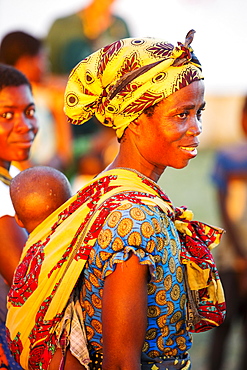
In mid January 2015, a three day period of excessive rain brought unprecedneted floods to the small poor African country of Malawi. It displaced nearly quarter of a million people, devastated 64,000 hectares of alnd, and killed several hundred people. This shot shows a mother and child in Chiteskesa refugee camp, near Mulanje.

In mid January 2015, a three day period of excessive rain brought unprecedented floods to the small poor African country of Malawi. It displaced nearly quarter of a million people, devastated 64,000 hectares of land, and killed several hundred people. This shot shows solar powered lamps in a refugee camp near Chikwawa.
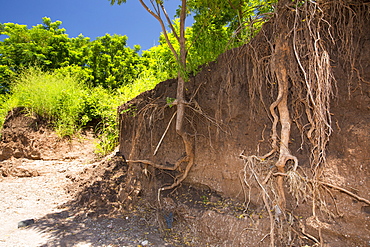
In mid January 2015, a three day period of excessive rain brought unprecedented floods to the small poor African country of Malawi. It displaced nearly quarter of a million people, devastated 64,000 hectares of land, and killed several hundred people. This shot shows tree roots exposed as the river bank was washed away near Chikwawa.
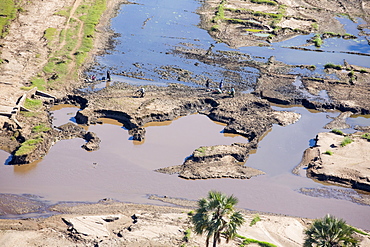
In mid January 2015, a three day period of excessive rain brought unprecedented floods to the small poor African country of Malawi. It displaced nearly quarter of a million people, devastated 64,000 hectares of land, and killed several hundred people. This shot taken from the air shows flood waters and farmland destroyed by the floods, with local farmers crossing their devastated fields.
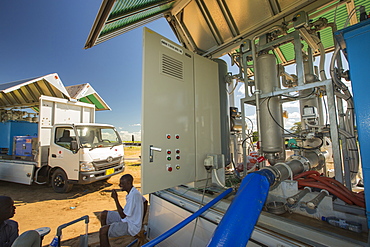
In mid January 2015, a three day period of excessive rain brought unprecedented floods to the small poor African country of Malawi. It displaced nearly quarter of a million people, devastated 64,000 hectares of land, and killed several hundred people. This shot shows a specialist truck that takes water straight from the river and purifies it to drinking standards, which is then used in the many flood refugee camps in the Shire valley.
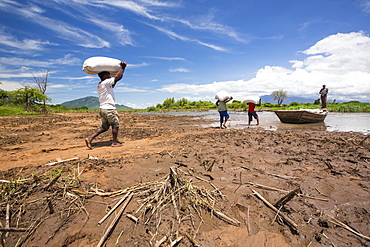
In mid January 2015, a three day period of excessive rain brought unprecedneted floods to the small poor African country of Malawi. It displaced nearly quarter of a million people, devastated 64,000 hectares of alnd, and killed several hundred people. This shot shows a food being ferried across a river near Phalombe after the bridge was washed away.
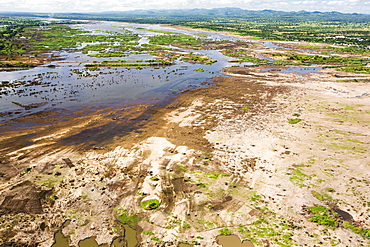
In mid January 2015, a three day period of excessive rain brought unprecedented floods to the small poor African country of Malawi. It displaced nearly quarter of a million people, devastated 64,000 hectares of land, and killed several hundred people. This shot shows the scale of the flood destruction, with ruined farmland, from the air.

In mid January 2015, a three day period of excessive rain brought unprecedented floods to the small poor African country of Malawi. It displaced nearly quarter of a million people, devastated 64,000 hectares of land, and killed several hundred people. This shot shows a railway line that was washed away in Bangula.

In mid January 2015, a three day period of excessive rain brought unprecedented floods to the small poor African country of Malawi. It displaced nearly quarter of a million people, devastated 64,000 hectares of land, and killed several hundred people. This shot shows A Medicin Sans Frontieres clinic in Makhanga testing local people for malaria, many of whom proved positive for the disease, as a result of the drying up flood waters providing ideal breeding grounds for mosquitoes.
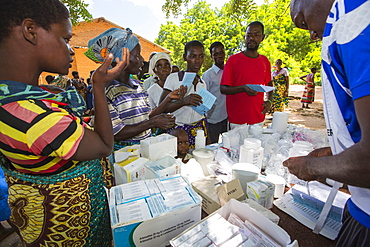
January 2015 saw a three day period of excessive rain which brought unprecedented floods to the small poor African country of Malawi. It displaced nearly quarter of a million people, devastated 64,000 hectares of land, and killed several hundred people. This shot shows A Medicin Sans Frontieres clinic in Makhanga providing Malaria treatment drugs to local people, many of whom now have malaria, as a result of the drying up flood waters providing ideal breeding grounds for mosquitoes.

In mid January 2015, a three day period of excessive rain brought unprecedented floods to the small poor African country of Malawi. It displaced nearly quarter of a million people, devastated 64,000 hectares of land, and killed several hundred people. This shot shows displaced people in Baani refugee camp near Phalombe, preparing pumpkin flowers to eat.
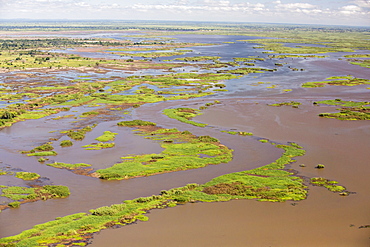
In mid January 2015, a three day period of excessive rain brought unprecedented floods to the small poor African country of Malawi. It displaced nearly quarter of a million people, devastated 64,000 hectares of land, and killed several hundred people. This shot taken from the air on a flight to Makhanga, which two months on, is still cut off by the floods when all rail and road connections were washed away, is looking down on the flood waters still sat on the flood plain.

January 2015 saw a three day period of excessive rain which brought unprecedented floods to the small poor African country of Malawi. It displaced nearly quarter of a million people, devastated 64,000 hectares of land, and killed several hundred people. This shot shows A Medicin Sans Frontieres clinic in Makhanga testing local people, many of whom now have malaria, as a result of the drying up flood waters providing ideal breeding grounds for mosquitoes.
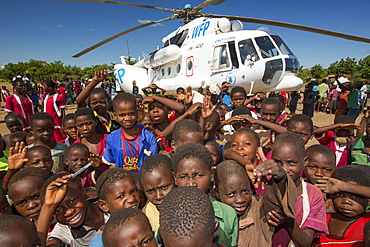
In mid January 2015, a three day period of excessive rain brought unprecedented floods to the small poor African country of Malawi. It displaced nearly quarter of a million people, devastated 64,000 hectares of land, and killed several hundred people. This shot shows A Russian Mi8 helicopter being used by the United Nations, World Food Program to deliver food aid to areas still cut off by the flooding, around Bangula and Mkhanga.
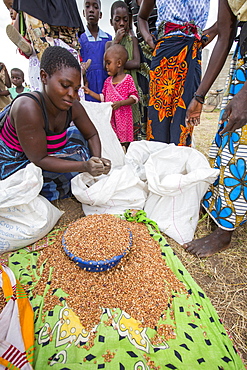
In mid January 2015, a three day period of excessive rain brought unprecedneted floods to the small poor African country of Malawi. It displaced nearly quarter of a million people, devastated 64,000 hectares of land, and killed several hundred people. This shot shows displaced people dividing up food aid in a refugee camp near Phalombe.
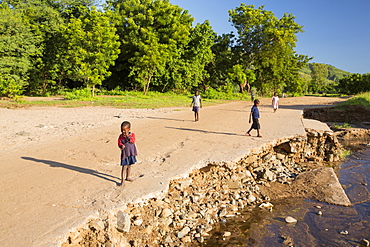
In mid January 2015, a three day period of excessive rain brought unprecedented floods to the small poor African country of Malawi. It displaced nearly quarter of a million people, devastated 64,000 hectares of land, and killed several hundred people. This shot shows a road and bridge washed away near Chikwawa.
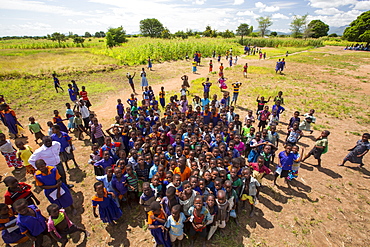
In mid January 2015, a three day period of excessive rain brought unprecedented floods to the small poor African country of Malawi. It displaced nearly quarter of a million people, devastated 64,000 hectares of land, and killed several hundred people. This shot shows displaced children in Baani refugee camp near Phalombe.
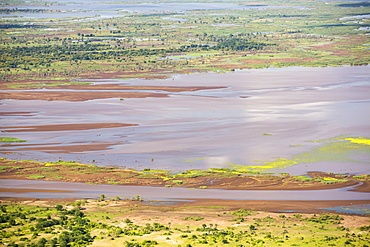
In mid January 2015, a three day period of excessive rain brought unprecedented floods to the small poor African country of Malawi. It displaced nearly quarter of a million people, devastated 64,000 hectares of land, and killed several hundred people. This shot taken from the air shows farmland buried under flood debris, and still flooded land.

In mid January 2015, a three day period of excessive rain brought unprecedented floods to the small poor African country of Malawi. It displaced nearly quarter of a million people, devastated 64,000 hectares of land, and killed several hundred people. This shot shows a drainage pipe that was washed away near Chikwawa.
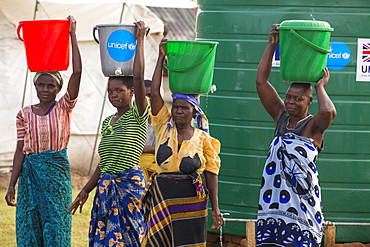
In mid January 2015, a three day period of excessive rain brought unprecedneted floods to the small poor African country of Malawi. It displaced nearly quarter of a million people, devastated 64,000 hectares of alnd, and killed several hundred people. This shot shows a displaced women carrying water in the refugee camp of Chiteskesa refugee camp, near Mulanje.

In mid January 2015, a three day period of excessive rain brought unprecedented floods to the small poor African country of Malawi. It displaced nearly quarter of a million people, devastated 64,000 hectares of land, and killed several hundred people. This shot shows a road bridge destroyed near Chikwawa.
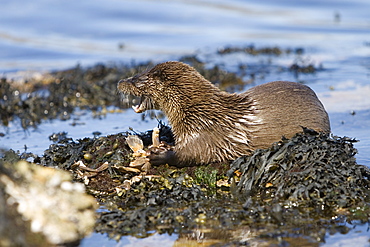
Eurasian river otter (Lutra lutra) eating a large crab. Large fish and crabs are difficult to constrain and eat in the water so are often brought ashore. Otters will sometimes swim realtively long distances in order to do so. Hebrides, Scotland

Eurasian river otter (Lutra lutra) eating a large crab. Large fish and crabs are difficult to constrain and eat in the water so are often brought ashore. Otters will sometimes swim realtively long distances in order to do so. Hebrides, Scotland
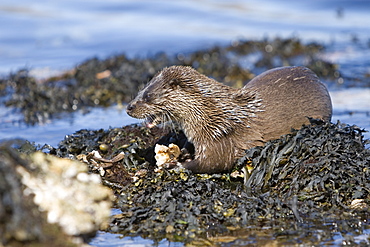
Eurasian river otter (Lutra lutra) eating a large crab. Large fish and crabs are difficult to constrain and eat in the water so are often brought ashore. Otters will sometimes swim realtively long distances in order to do so. Hebrides, Scotland
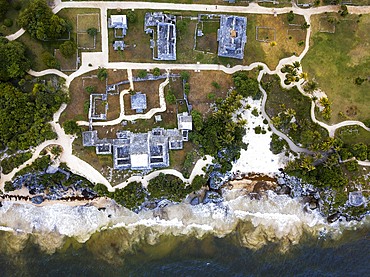
Aerial views of El Castillo and the Ruins of the Mayan temple grounds at Tulum, Quintana Roo, Yucatan, Mexico. Tulum is the site of a pre-Columbian Mayan walled city which served as a major port for Coba, in the Mexican state of Quintana Roo. The ruins are situated on 12 meter 39 ft tall cliffs along the east coast of the Yucatán Peninsula on the Caribbean Sea in the state of Quintana Roo, Mexico. Tulum was one of the last cities built and inhabited by the Maya; it was at its height between the 13th and 15th centuries and managed to survive about 70 years after the Spanish began occupying Mexico. Old World diseases brought by the Spanish settlers appear to have resulted in very high fatalities, disrupting the society, and eventually causing the city to be abandoned.
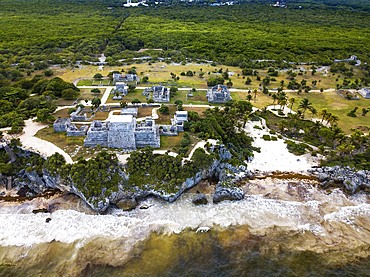
Aerial views of El Castillo and the Ruins of the Mayan temple grounds at Tulum, Quintana Roo, Yucatan, Mexico. Tulum is the site of a pre-Columbian Mayan walled city which served as a major port for Coba, in the Mexican state of Quintana Roo. The ruins are situated on 12 meter 39 ft tall cliffs along the east coast of the Yucatán Peninsula on the Caribbean Sea in the state of Quintana Roo, Mexico. Tulum was one of the last cities built and inhabited by the Maya; it was at its height between the 13th and 15th centuries and managed to survive about 70 years after the Spanish began occupying Mexico. Old World diseases brought by the Spanish settlers appear to have resulted in very high fatalities, disrupting the society, and eventually causing the city to be abandoned.
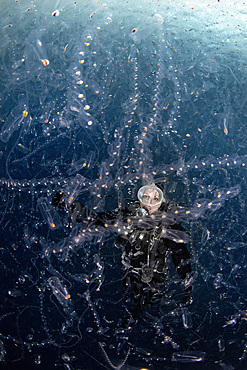
A diver watches in awe a dense soup of tunicates aggregated by very special sea conditions. This picture was taken during a special event occurred on April 2019 in the Strait of Messina, when special conditions of weather, sea currents and moon phases brought close to surface a lot of pelagic subjects, including a few usually living very deep.
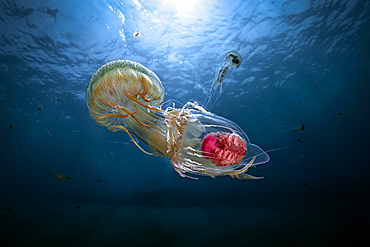
A common mediterranean jellyfish (Pelagia noctiluca) feasting on another mediterranean jellyfish (Neoturris pileata), rarely seen in shallow waters. This picture was taken during special event occurred on April 2019 in the Strait of Messina, when special conditions of weather, sea currents and moon phases brought close to surface a lot of pelagic subjects, including a few usually living very deep.

Buddha statues from house altars brought to Guanyin, pilgrims, Goddess of Mercy, Buddhist Island of Putuo Shan near Shanghai, Zhejiang Province, East China Sea, China, Asia

pilgrims at ferry, Buddha statues from house altars brought to Guanyin, Goddess of Mercy, Buddhist Island of Putuo Shan near Shanghai, Zhejiang Province, East China Sea, China, Asia

Ferry, Buddha statues from house altars brought to Guanyin, Goddess of Mercy, Buddhist Island of Putuo Shan near Shanghai, Zhejiang Province, East China Sea, China, Asia

Peggy's Cove near Halifax Nova Scotia. This is an old fishing town. It is one of the closest points to where the Titanic sunk. Survivors were brought to Halifax about 30 miles from Peggy's Cove.When ocean cruise ships dock in Halifax Peggy's Cove is a day trip for some of the travelers before returning to the ship. A lighthouse is perched on the edge of Peggy's Cove

Peggy's Cove near Halifax Nova Scotia. This is an old fishing town. It is one of the closest points to where the Titanic sunk. Survivors were brought to Halifax about 30 miles from Peggy's Cove.When ocean cruise ships dock in Halifax Peggy's Cove is a day trip for some of the travelers before returning to the ship. A lighthouse is perched on the edge of Peggy's Cove
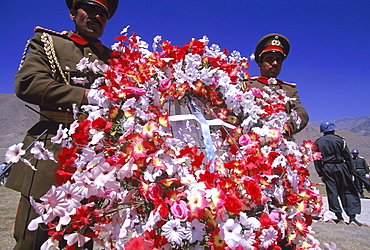
Elaborate flower wreaths are brought by Afghan soldiers as tokens of respect to the shrine of Ahmad Shah Masood, on the one year anniversary of Masoods assasination, at a ceremony in the Panjshir Valley, Afghanistan, September 9, 2002. Masood was a revered mujahedin leader who fought the Soviets in the Afghan-Soviet war, and who also was one of the main leaders of the Northern Alliance which opposed the Taliban and helped the US Military in their defeat. Masood was assasinated by what are thought to be Al Queda operatives on Sept. 9, 2001. A shrine has been erected in the Panjshir Valley, near the village of Bazarak, from where he led much of his resistance to both the Soviet and Taliban forces, to honor this latest of Afghan war heros.
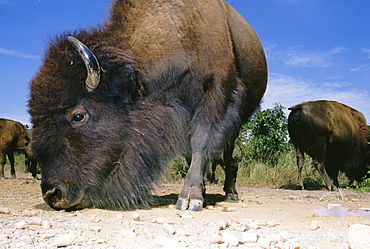
Buffalo at prarie State Park in Kansas graze around a pile of chert brought in by Archeologist Neal Lopinot in an attempt to see whether Buffalo's hoofs could flake chert in a way that could be mistaken for a man made object. The experiment attempted to recreate the impact a 1500 pound Bison hoof has on a piece of chert.

Fishing camp in Cambridge Bay, Nunavut, Canada. Boat is brought in after ice starts to form and it is the last day of fishing here for the season.

Cha-Cha'ac Ceremony. "Chac" is the Myan word for rain. This is a rain ceremony held in the middle of the growing season of corn to bring or to assure good rainfall for the crop. They decorate the bread with paste made up of ground squash seeds and wrap it in leaves to bake. The ceremony is held in a clearing near the village. An alter is built and a H'man (religious figure) is brought in to conduct the ceremony and say prayers. It is a combination of Catholic and Mayan gods and prayers.
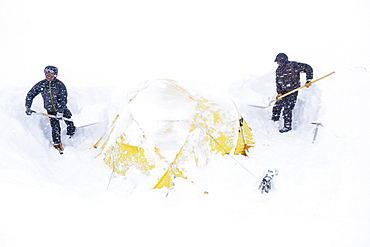
Two climbers dig out their tent after a snowstorm covered them in 14k camp on Mount McKinley, Alaska. Climbers are advised to spare no expense on a expedition-quality tent as it can mean the difference between life and death during a ferocious storm on Denali. Extra poles and repair materials are important in case of damage caused by storms. Plan to take extra pickets, wands or deadmen for tent anchors. Never leave a tent without anchoring it securely. Tents are lost each year due to sudden gusts of wind while the tent was left unattended or drying. Every climbing season High Mountain Rangers of the Denali National Park Service are called to help climbers in need. If possible the patient is brought down to base camp on foot, only in life threatening conditions a helicopter is called to evacuate the patient to a hospital in Anchorage.
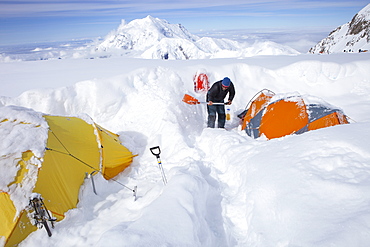
A mountain ranger is digging out tents after a snowstorm covered them during the night in 14k camp on Mount McKinley, Alaska. Climbers are advised to spare no expense on a expedition-quality tent as it can mean the difference between life and death during a ferocious storm on Denali. Extra poles and repair materials are important in case of damage caused by storms. Plan to take extra pickets, wands or deadmen for tent anchors. Never leave a tent without anchoring it securely. Tents are lost each year due to sudden gusts of wind while the tent was left unattended or drying. Every climbing season High Mountain Rangers of the Denali National Park Service are called to help climbers in need. If possible the patient is brought down to base camp on foot, only in life threatening conditions a helicopter is called to evacuate the patient to a hospital in Anchorage.
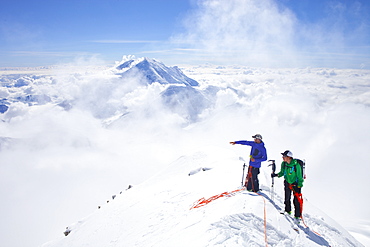
High Mountain Rangers Tom Ditola and David Weber are taking a rest on the West Rib on Mount McKinley, Alaska. Mount Hunter in the background. They are above the clouds in blue sky and the sun is shining. Mount McKinley, native name Denali, is the highest mountain peak in North America, with a summit elevation of 20,321 feet (6,194 m) above sea level. At some 18,000 feet (5,500 m), the base-to-peak rise is considered the largest of any mountain situated entirely above sea level. Measured by topographic prominence, it is the third most prominent peak after Mount Everest and Aconcagua. Located in the Alaska Range in the interior of the U.S. state of Alaska, McKinley is the centerpiece of Denali National Park and Preserve. Every climbing season High Mountain Rangers of the Denali National Park Service are called to help climbers in need. If possible the patient is brought down to base camp on foot, only in life threatening conditions a helicopter is called to evacuate the patient to a hospital in Anchorage.
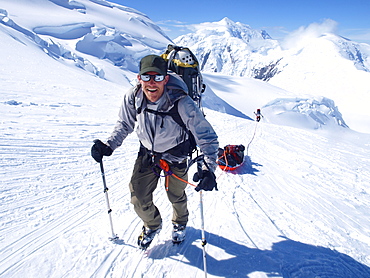
Mountain ranger Brian Scheele on this way to Windy Corner on Mount McKinley, also know as Denali, in Alaska. He is pulling a sled, that together with his heavy backpack is containing all the gear like tents, clothing and food. Every climbing season High Mountain Rangers of the Denali National Park Service are called to help climbers in need. If possible the patient is brought down to Basecamp on foot, only in life threatening conditions a helicopter is called to evacuate the patient to a hospital in Anchorage. Mount McKinley, native name Denali, is the highest mountain peak in North America, with a summit elevation of 20,321 feet (6,194 m) above sea level. At some 18,000 feet (5,500 m), the base-to-peak rise is considered the largest of any mountain situated entirely above sea level. Measured by topographic prominence, it is the third most prominent peak after Mount Everest and Aconcagua. Located in the Alaska Range in the interior of the U.S. state of Alaska, McKinley is the centerpiece of Denali National Park and Preserve.
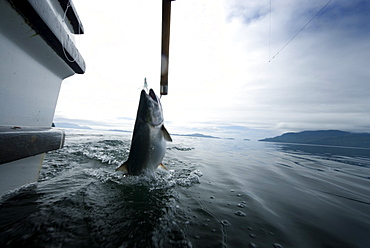
August 18, 08 A Coho salmon is caught off the coast of Prince of Whales Island Alaska. Trolling for salmon is considered the "high-end" fishery because the way they catch is not harmful to the fish, in fact any by-catch or non-keeper salmon can be tossed back with little damage to the fish. So since the fish are in such good shape when caught, on individual hooks on long lines, they can be brought in and prepared or dressed (gutted and bled) and then iced within minutes and then within hours are on the troll tender that fillets and vacume pacs and then flash freezes them, so that most of the fresh caught fish for pricier consumption is troller caught, United States of America
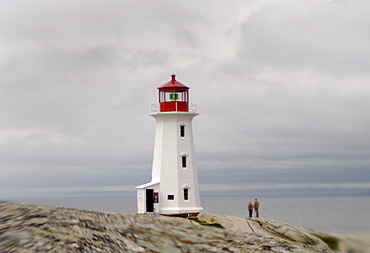
Peggy's Cove near Halifax Nova Scotia. This is an old fishing town. It is one of the closest points to where the Titanic sunk. Survivors were brought to Halifax about 30 miles from Peggy's Cove.When ocean cruise ships dock in Halifax Peggy's Cove is a day trip for some of the travelers before returning to the ship. A lighthouse is perched on the edge of Peggy's Cove

Peggy's Cove near Halifax Nova Scotia. This is an old fishing town. It is one of the closest points to where the Titanic sunk. Survivors were brought to Halifax about 30 miles from Peggy's Cove.When ocean cruise ships dock in Halifax Peggy's Cove is a day trip for some of the travelers before returning to the ship. A lighthouse is perched on the edge of Peggy's Cove


